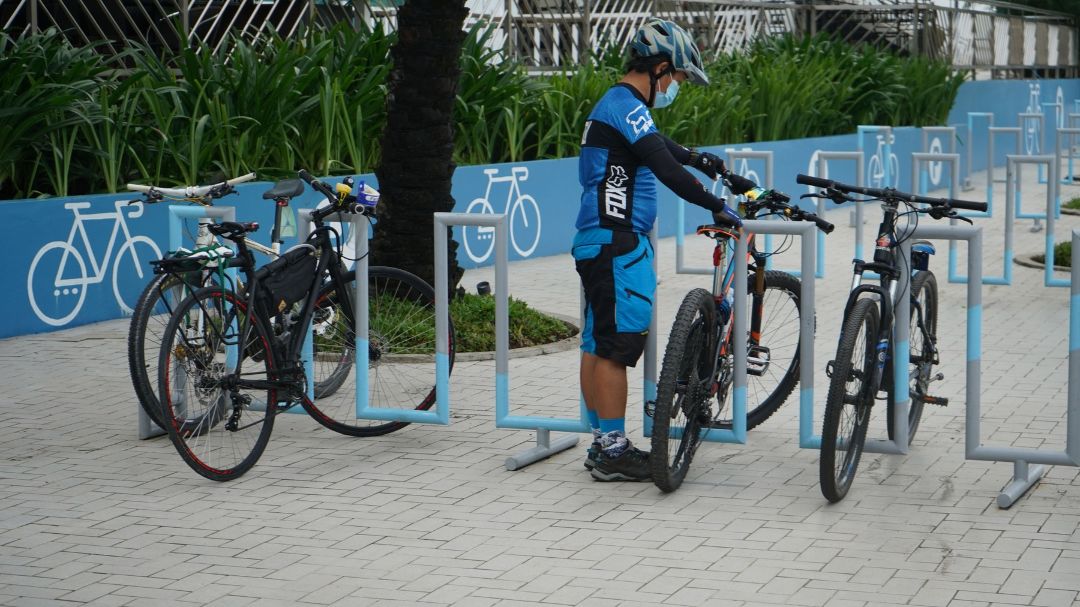The story began with bad news. With Covid-19 arrival, the city closed down all public traffic to avoid the spread of the infection. Millions of people had to change their commuting habits literally overnight. While trains and buses were left idle at the depots, the residents switched to bicycles. Even though many people never considered cycling as a regular means of transport before, the acute situation did not get them any other option.

After many weeks of bike commuting, a large part of people found cycling fast, comfortable and cheap. Apart from that, they started to feel well as everyday cycling gave them an unexpected lesson of exercise. Most of them only had to get used to learning to survive in the busy road traffic. People who turned to cycling as a result of the pandemic stuck to their bikes even after the toughest measures eased and the public transportation system resumed.
With the number of new cyclists growing significantly, the national government faced the problem of accommodating them on the existing road network. That was already a step to find a solution that would change the traffic layout, ensuring that all road users can travel safely.
In September 2020, the rise of cycling made the national government raise over 20 million USD to invest in mobility infrastructure. The idea was to build around 500 kilometres of new bike lanes that would connect the districts of Metro Manila, Metro Cebu and Metro Davao. To support the project, the government got involved several international institutions, banks and organisations based in the country. The Dutch embassy carried out several pieces of training to hand over essential know-how of building the bike lanes to meet the newest trends with a focus on both quality and safety.
Within nine months, the government constructed 500 km of lanes along major national roads. Moreover, the activity inspired even the local communities to add other lanes to the main network, which is still a subject of the subsequent process. In a survey conducted after the new lanes were introduced, more than 65% of respondents answered to use bicycles regularly as a transport mean. The survey made among 7,400 respondents also revealed that while the usage rate of trains, buses and jeepneys (small buses) has reduced by half or even more, the overall cycling rate has doubled.




